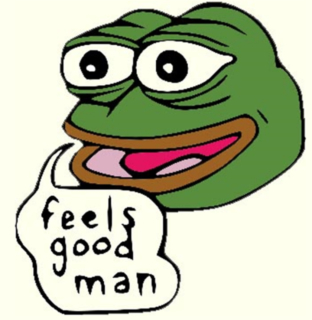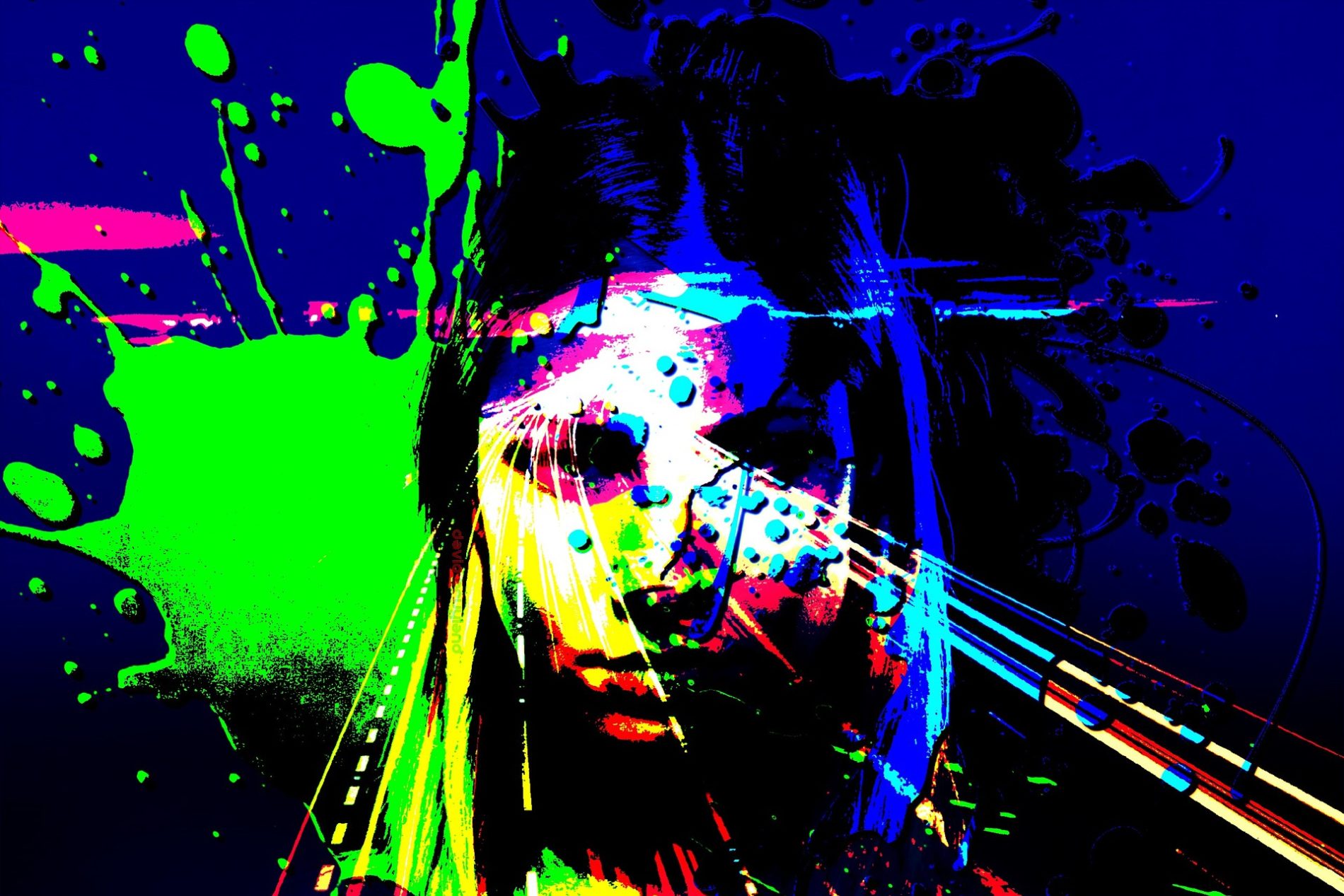MAGAZINE
Are NFTs the Future of the Art World?
Are NFTs the Future of the Art World?
Mediums and methods of creating, holding, sharing and monetizing art are ever evolving. Today’s prominence of NFTs may be the greatest innovation for the art world yet.
A Non-Fungible Token or NFT — sometimes called a “Nifty” — is a special kind of cryptographic token representing something unique in all the world. This differentiates it from fungible tokens which are mutually interchangeable, such as cryptocurrencies like Bitcoin. NFTs — usually issued on the Ethereum Network as ERC 721 tokens — are used to create verifiable digital scarcity, as well as digital ownership. Each NFT represents a one of a kind item, or one of a series of limited editions of a unique item. Thus scarcity is established for collectibles of almost any kind, such as a piece of artwork, music, poetry, video — even a book or a verified Tweet.
A notable exception from the standard ERC 721 NFT will be the release on the KONJUNGATE blockchain, of the classic cult cyber novel, Machfeld by Michael Mastrototaro written in 1999. The novel prophetically features a main character named “Satoshi Nakamoto” 10 years before the birth of Bitcoin, created anonymously by someone using this same name. And in true iconoclastic style, the KONJUNGATE blockchain promises unique innovations for the NFT sector by independently developing advanced NFT functionality, including improved security and efficiency through the use of a fractal side chain system and JUKAVA functions. JUKAVA will extend the functionality of NFTs on the KONJUNGATE blockchain by adding more opportunitys to generate interpassive income from your nifty and let investors participate on the value creation process. JUKAVA was first mentioned in the cyber novel MACHFELD and served there as a value-added transmitter.
NFTs have arguably been in existence since December, 2012 with the inception of “Colored Coins” built on the Bitcoin blockchain. Colored Coins was geared more toward the idea of issuing real-world assets such as real estate or event tickets, on a blockchain. Their creation offered an ambitious look into blockchain capabilities. However, limitations of Bitcoin’s scripting language ultimately proved inadequate to sustain this application.The concept of Colored Coins managed to open ideas for experimentation and laid some groundwork for successful NFTs in the future.
In 2014, Counterparty, a peer-to-peer financial platform/open-source Internet protocol, again built on the Bitcoin blockchain was created. It included several projects with its own assets, including card/meme trading. In 2015, the Spells of Genesis game creators were the first to issue in-game assets on a blockchain via Counterparty. By October 2016, memes issued as collectibles were issued with the distinctive green frog “Rare Pepes” on Counterparty.
As NFTs prove authenticity and ownership of a digital item, CryptoPunks launched the first marketplace for rare digital art in Oct of 2017 on the Ethereum blockchain. The creators of the project created 10,000 unique cartoon-like characters, offered to anyone with an Ethereum wallet to claim for free. All Cryptopunks were quickly claimed, inspiring a robust secondary marketplace where cryptopunks could be traded for increasing valuations. The Cryptopunk NFTs were actually quite creatively issued on a hybrid of the ERC20 and ERC721 Ethereum tokens, as the ERC721 had not yet been developed.
The mainstream breakthrough moment arrived with CryptoKitties in 2017, which quickly went viral, raising $12.5 million in investment. The virtual cats are breedable, have a unique number and 256 bit distinct genome with DNA and different traits — “cattributes” (pattern, mouth shape, fur, eye shape, base color, accent color etc.) — passed onto offspring. At the height of CryptoKitty mania, the cartoon collectibles had reached almost 5,000 ETH in volume, with Founder Cat #18 selling for 253 ETH ($110,000 at the time of sale). This was later beat by the 600 ETH sale of “Dragon,” for $170,000 in September 2018. In 2018.
CryptoKitties became so popular that it seemed it might take over the whole Ethereum platform, crowding out other applications. It caused an increase in pending transactions on Ethereum, accounting for over 10% of network traffic on the Ethereum network. Ethereum miners increased the gas limit in response to CryptoKitties, allowing more data per block and increasing transactions per second. Marketplace sites including OpenSea and RareBits were created as a response for the new phenomenom. CryptoKitties was even featured in the German museum “ZKM Center for Art and Media Karlsruhe” as an example of blockchain technology’s use for the production of artistic collectibles.
How can the artist of today join the NFT revolution?
NFT minting platforms enable anyone to mint an NFT, quickly and easily. Mintbase and Mintable are two services with tools for any artist to create their own NFTs. Using the Kred platform, influencers can also create virtual business cards, collectibles, and coupons.
Marketplaces for rare digital art now include OpenSea (the largest), Nifty Gateway (visual artists’ limited edition works), Super Rare (single edition digital artworks), Cargo Marketplace, Known Origin and MakersPlace.
Creary and Cent are blockchain-based social networks of multimedia portfolios rewarding creators for their digital creations. Artists share their work and get rewarded from others on the platforms in cryptocurrencies.
There is even a burgeoning new market for buying and selling Tweets as NFTs through the Cent platform offshoot, Valuables. On the platform, Tweets may be tokenized as unique NFT versions able to accrual value signed and verified by the creator, like other collectibles — autographed pictures, baseball cards etc..
Records keep getting smashed for how much profit savvy NFT Investors can make and how much will be paid for a single NFT.
The new “Hashmasks” collectibles in a single week, generated over $9 million in sales for the digital art collection. One Hashmasks digital artwork was sold for $130,000 on January 31st for an appreciation of 100,000% in a mere 3 days.
On January 23rd, 2021, the classic cryptopunk, “Punk 2890” was bought for 605 ETH ($761,888.57) by 0x24c5eb from 0x6611fe. And on February 9th, a new record was set for nine rare plots of digital land on blockchain game “Axie Infinity” bought for 888.25 ETH ($1,500,000).
Popular culture has joined the trend. Nike now even holds a patent for its blockchain-based NFT-sneakers called “CryptoKicks.”
Digital representation of art on a distributed cryptographic ledger or blockchain may prove integral to proof of ownership for all art, not just digital forms. Just as real estate and other precious commodities, jewels, precious metals and other physical property may be recorded and ownership tracked via a blockchain network, physical art such as paintings and sculpture may also be entered and securely tracked. The immutability and security offered by blockchain technology offer unique advantages to art collectors as well as creators.
The time-worn impediments between artists and patrons are quickly dissolving through the use of blockchain and NFTs. Middlemen in the form of dealers, agencies, curators and galleries will soon disappear from this new frontier of more equitable and direct peer-to-peer artistic expression and collecting. This new distribution for even classic forms of art is transforming the economics of the creative lifestyle. This innovation could make the life of the artist as well as the art collector more accessible to all.
_
Image on top by Comfreak from Pixabay



